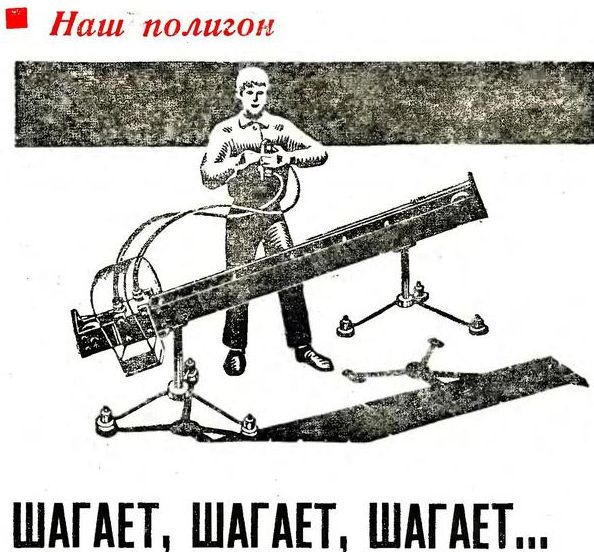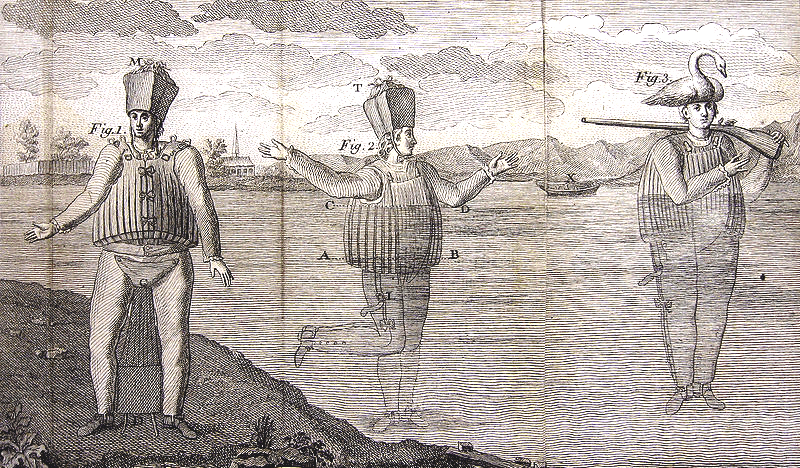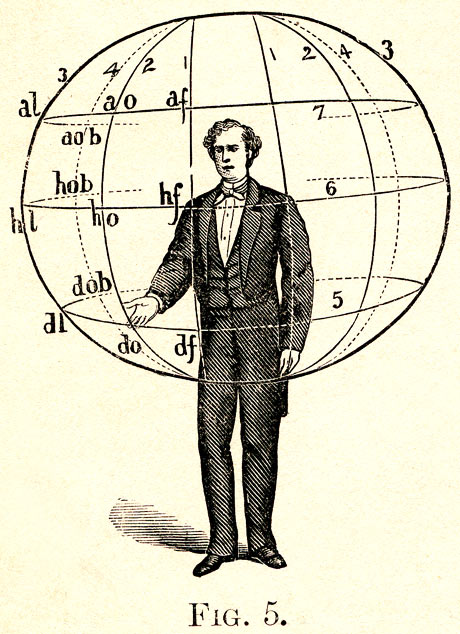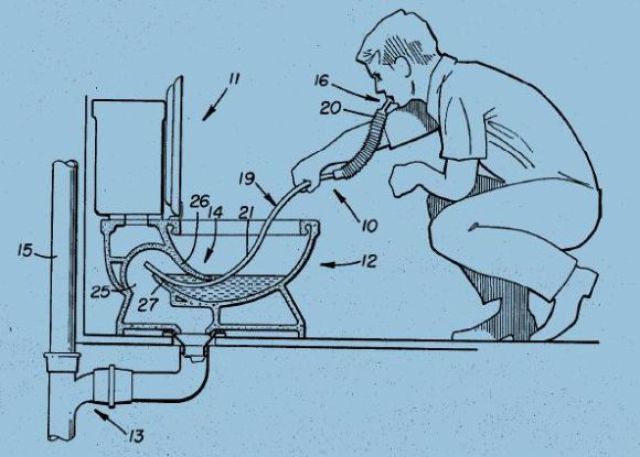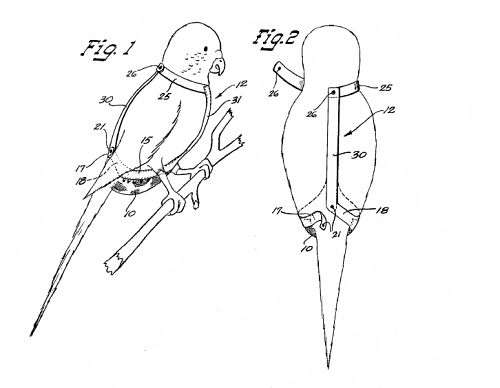Related posts here. Complete archived issues of Electrical Experimenter may be viewed and downloaded here.
Tag: inventions
The Electrical Wonders of 1919

1. Electric Vase Light Attachment [turns a collectable into a lamp]
2. Dishwashing Machine
3. Rug Washer
4. Vacuum Cleaner
5. Electric Cooking Utensils [coffee pot, blender, etc.]
6. Electric Stove [radiant heater]
7. Electric Washing Machine & Motor Driven Wringer
8. Electric Light Bath [tanning bed]
9. Dental X-Ray
10. Radio Direction Finder
11. Electric Dairy [milking machine]
12. Coin Slot Sales Machine [vending machine]
13. Electric Siren
14. Cloth Cutting Machine
15. Wireless Telephone
16. Electric Trucks
John Harrison’s Contribution To The World
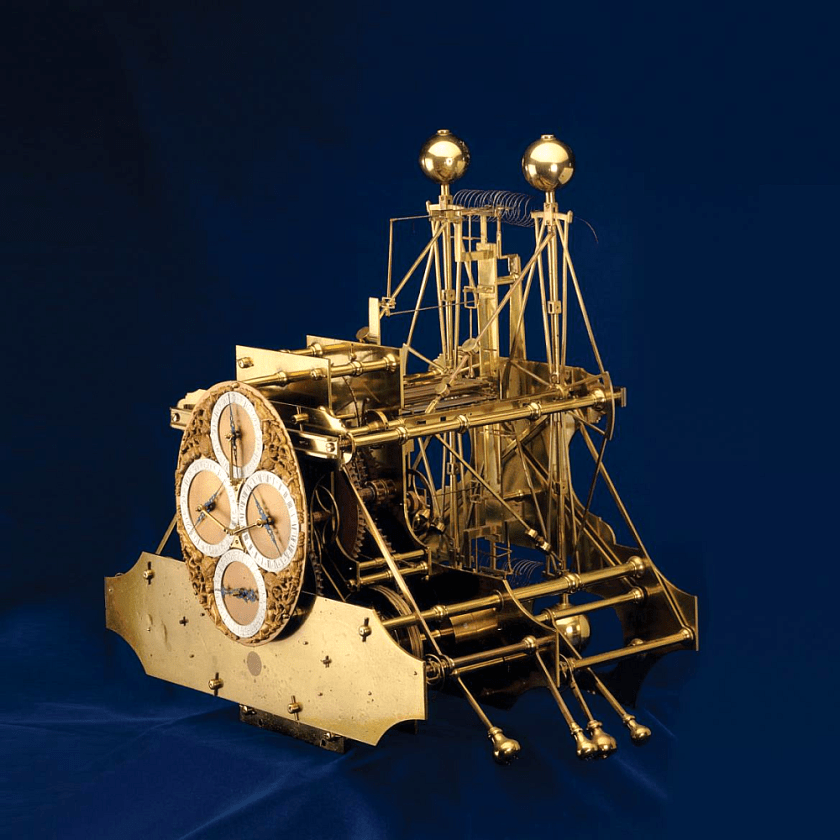
Self-taught John Harrison spent 43 years overcoming engineering challenges to develop the first marine chronometer. Harrison won a British competition to resolve deep sea navigation problems, but it took him several years to win the full prize.
In 1714, the British government offered a longitude prize for a method of determining longitude at sea, with the awards ranging from £10,000 to £20,000 (£2 million to £4 million in 2019 terms) depending on accuracy. John Harrison, a Yorkshire carpenter, submitted a project in 1730, and in 1735 completed a clock based on a pair of counter-oscillating weighted beams connected by springs whose motion was not influenced by gravity or the motion of a ship. His first two sea timepieces H1 and H2 (completed in 1741) used this system, but he realized that they had a fundamental sensitivity to centrifugal force, which meant that they could never be accurate enough at sea. Construction of his third machine, designated H3, in 1759 included novel circular balances and the invention of the bi-metallic strip and caged roller bearings, inventions which are still widely used. However, H3’s circular balances still proved too inaccurate and he eventually abandoned the large machines.
Harrison solved the precision problems with his much smaller H4 chronometer design in 1761. H4 looked much like a large five-inch (12 cm) diameter pocket watch. In 1761, Harrison submitted H4 for the £20,000 longitude prize. His design used a fast-beating balance wheel controlled by a temperature-compensated spiral spring. These features remained in use until stable electronic oscillators allowed very accurate portable timepieces to be made at affordable cost.
£20,000 in 1714 = ±£3,837,000 in 2018 = ±$4,733,000 USD.
$110k/year is not a bad payoff for a 45 year-long side project. Harrison began as a 21 year-old, and was 66 when he resolved the problem and received the full amount of the prize. He died 17 years later in 1776.
Saturday Matinee – Strandbeest, Elvin Bishop & The Wailers
Awesome mechanics.
Glad to see Elvin Bishop is still rockin’.
He won me over years ago when he shouted out a recipe for carp. [Dedicated to Retired Geezer.]
The Wailers‘ “Stir It Up” (1967) is possibly the best Reggae groove ever. This might be the 2nd best. Here’s the 10th best.
Have a great weekend, folks. See you back here tomorrow for more aftershocks.
Robert H. Keaton’s Contribution To The World: The Music Typing Machine
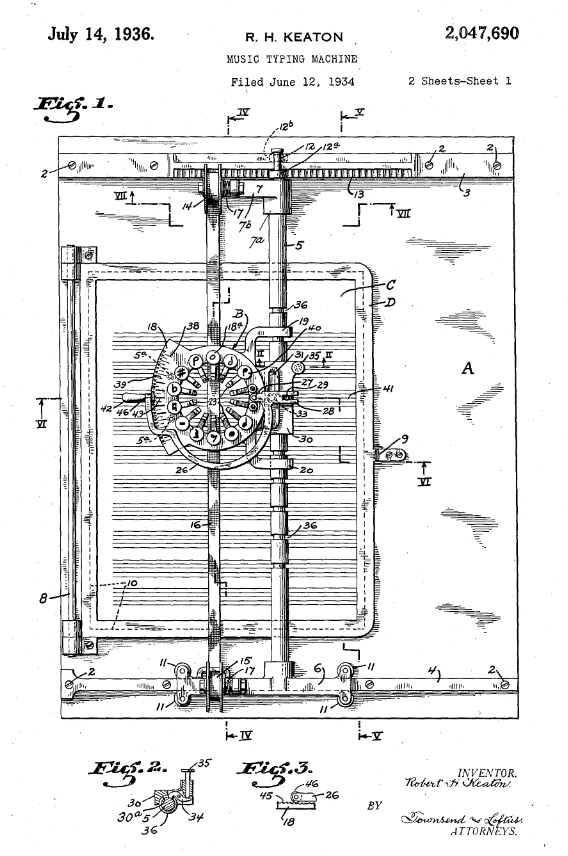
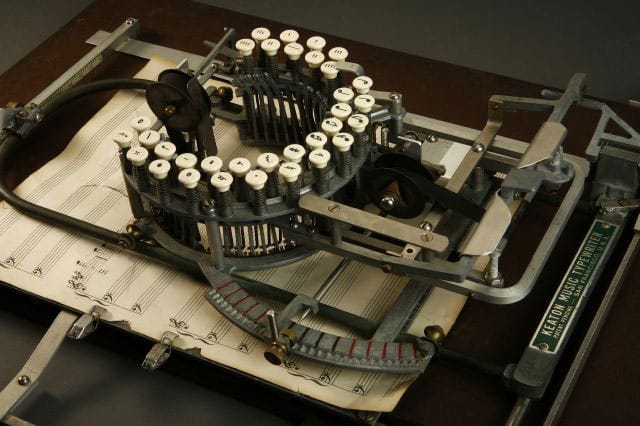
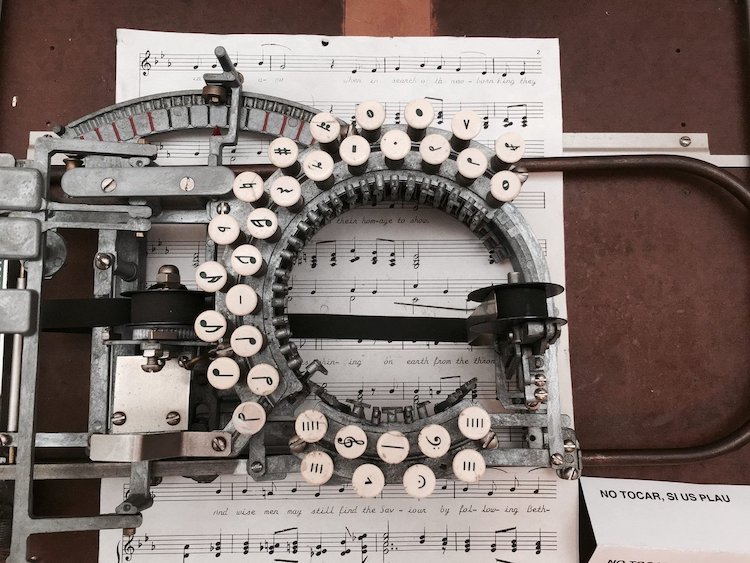
It’s an interesting arrangement that gives the Keaton Music Typewriter its distinctive look. In terms of engineering, thanks to a curved meter on the left that Keaton called the Scale Shift Handle and Scale Shift Indicator, it’s easy to control exactly where the notes and characters fall on the page. By moving the handle up or down a notch, the typewriter adjusts to print 1/24 inch in either direction. Moving one notch up or down will cause the character to fall one musical step either way.
It appears that the typed sheet music in the museum display (the 2nd image) is turned 90 degrees from the way the machine types, or perhaps it’s a different model.
[Images and text found here; Original Patent here; Video here.]
ШАГАЁТ, ШАГАЁТ, ШАГАЁТ…
“STEP, STEP, STEP…”
1971 Soviet Stepwalker, apparently from a hobby magazine.
[Found here, with more cool stepwalkers.]
L’Abbé Jean-Baptiste de La Chapelle’s Contribution To The World
Father Jean-Baptiste de La Chapelle, born about 1710 and probably died in 1792 in Paris. Before a large audience, he jumped into the Seine, eating, drinking, snuffing, discharging a pistol and writing while floating on the surface. He tried again, three years later, this demonstration before Louis XV near the royal hunting lodge in the forest of Senart, but his attempt failed when the current swept him away so fast that the king could not identify what happened to him.
His invention was a cork suit for soldiers, a precursor to the modern life vest. [Found here.]
A.M. Bacon’s Contribution To The World
There you have it. A.M. Bacon invented personal space. Awesome.
From A. M. Bacon, Manual of Gesture (1875).
[Found here.]
Don’t do this. Really. Don’t.
Occasionally while sniffing around the internest I’ll run across an image that jumps up and bites me right in the crackerbockles, and this is one of them. It’s a patent drawing for an invention technically referred to as a WTF, and is apparently designed with meth addicts in mind. That’s meth as in methane.
Of course there may be other explanations for this new addition to the wonderful world of plumbing abuse, but I’m not about to go all scatological here.
[Found somewhere in here, crossposted here.]
[Update 29 July 2010 – Here are the patent papers. Tip o’ the Tarboosh to Lemur King.]
Bertha Dlugi’s Contribution to the World
Bertha Dlugi’s invention, patented in 1959, was intended for parakeets and other birds that are allowed to fly freely about the house. “It is … a general object of the present invention to provide a garment to be worn by birds for receiving their excremental discharge to prevent it from being deposited on household furnishings when the bird is at liberty in the home and thereby avoid the consequent unsanitary condition.”













